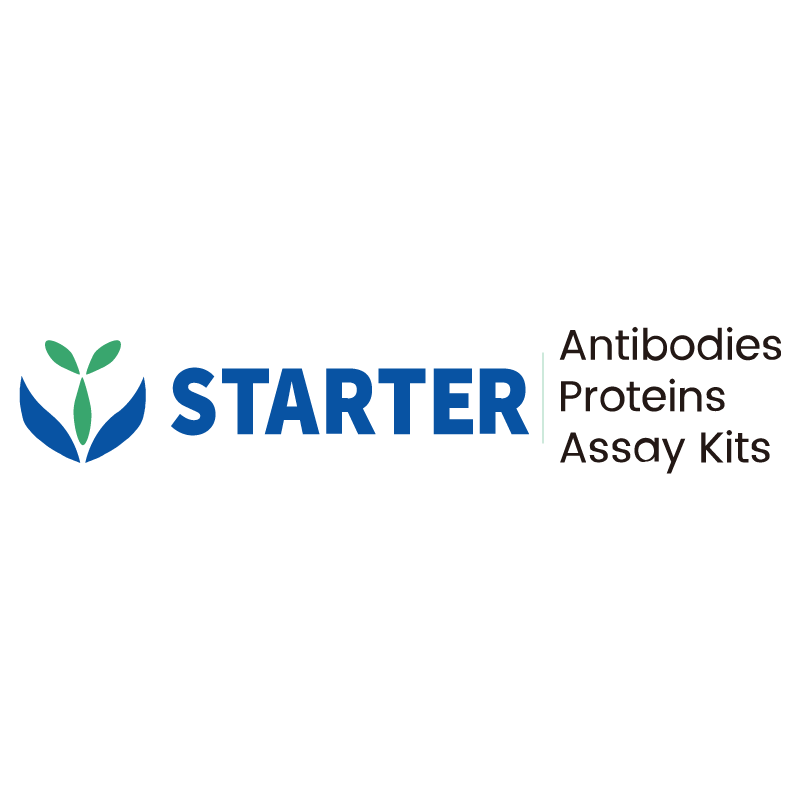Flow cytometric analysis of Jurkat (Human T cell leukemia T lymphocyte, left) / HeLa (Human cervix adenocarcinoma epithelial cell, right) cells labelling CD105 antibody at 1/2000 dilution (0.1 μg)/ (Red) compared with a Mouse monoclonal IgG (Black) isotype control and an unlabelled control (cells without incubation with primary antibody and secondary antibody) (Blue). Goat Anti - Mouse IgG Alexa Fluor® 488 was used as the secondary antibody.
Negative control: Jurkat
Product Details
Product Details
Product Specification
| Host | Mouse |
| Synonyms | Endoglin, ENG, END |
| Immunogen | Recombinant Protein |
| Location | Cell membrane |
| Accession | P17813 |
| Clone Number | S-837-10 |
| Antibody Type | Mouse mAb |
| Isotype | IgG2b,k |
| Application | FCM |
| Reactivity | Hu |
| Purification | Protein A |
| Concentration | 2 mg/ml |
| Conjugation | Unconjugated |
| Physical Appearance | Liquid |
| Storage Buffer | PBS, 40% Glycerol, 0.05% BSA, 0.03% Proclin 300 |
| Stability & Storage | 12 months from date of receipt / reconstitution, -20 °C as supplied |
Dilution
| application | dilution | species |
| FCM | 1:2000 | null |
Background
Endoglin (ENG) is a type I membrane glycoprotein located on cell surfaces and is part of the TGF beta receptor complex. It is also commonly referred to as CD105, END, FLJ41744, HHT1, ORW and ORW1. Endoglin has been found to be an auxiliary receptor for the TGF-beta receptor complex. It thus is involved in modulating a response to the binding of TGF-beta1, TGF-beta3, activin-A, BMP-2, BMP-7 and BMP-9. Beside TGF-beta signaling endoglin may have other functions. It has been postulated that endoglin is involved in the cytoskeletal organization affecting cell morphology and migration. Endoglin has a role in the development of the cardiovascular system and in vascular remodeling. Its expression is regulated during heart development. In humans endoglin may be involved in the autosomal dominant disorder known as hereditary hemorrhagic telangiectasia (HHT) type 1.
Picture
Picture
FC


